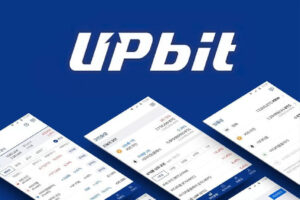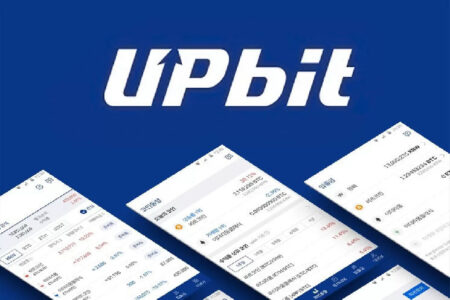Binance will be the first platform to launch the stablecoin USUAL on Nov. 19. The crypto exchange will provide trading support for USDT and USUAL trading pairs.
In a notice published on Nov. 14, Binance announced the 61st project that will be launched on Binance Launchpool, the stablecoin Usual. The webpage for Usual is expected to be available 12 hours before the pre-market launch on Nov. 19 at 10:00 UTC.
Usual Labs is a decentralized fiat stablecoin issuer backed by Kraken, Mantle, Starkware and GSR, as well as more than 150 investors. The token will be launched on the Ethereum network.
According to the announcement, users will be able to receive airdrops for the USUAL tokens in the form of BNB (BNB) and FDUSD (FDUSD) within four days. Farming for USUAL will start on Nov. 15 at 00:00 UTC.
https://twitter.com/usualmoney/status/1856966210790781158
You might also like: DeFi protocol Euler Finance announces launch of new stablecoin Maxi
According to Usual’s X post, the stablecoin uses a revenue-based model that prioritizes its community members.
According to data from CoinMarketCap, the Usual stablecoin went up by 0.08% and is current trading hands at $0.9991. The stablecoin has a market cap of $345.71 million and a total supply of 346 million USUAL tokens.
Binance provides a total token supply of 4 billion USUAL tokens, with 7.5% of the supply being allocated to rewarding users. The initial circulating supply for the stablecoin’s listing will be 12.37% of the total token supply, amounting to 494,600,000 USUAL.
Usual will be available for pre-market trading in USUAL/USDT trading pairs. At the moment, it is only available for pre-market trading with the exchange stating that the pre-market closing time and spot listing time will be announced at a later date.
Last week, the stablecoin issuer completed a round of community funding which raised a total of $1.5 million. The Echonomist, Breed Syndicate, and Comfy Capital were among the investors participating in the community round.
Usual introduced the stablecoin USD0 in February 2024, describing it as a permissionless stablecoin backed by real-world assets. It also serves as a governance token that allows users to vote on the network’s future.
You might also like: UK government to introduce legislation on stablecoins, staking: report
Read the full article here









